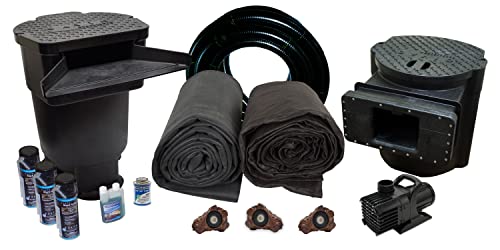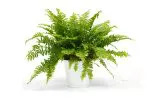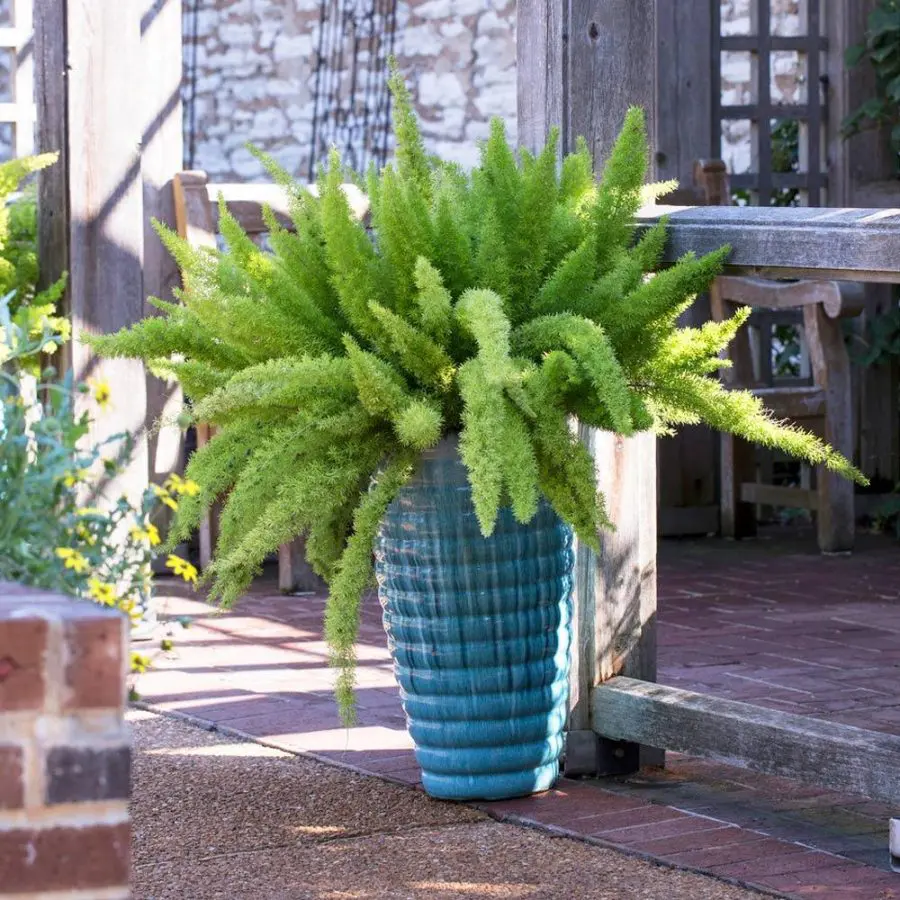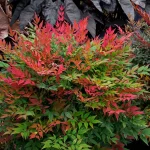This post contains affiliate links. If you buy something from one of our links we may earn a commission. Thanks

Ready to take your backyard to the next level? Consider building a backyard pond! Our guide will walk you through step by step for a DIY project.
Building a backyard pond enhances your outdoor space by adding natural beauty and a sense of tranquility. The project involves selecting a suitable location, excavating the area, lining the pond, and installing a pump and filter. With proper planning and maintenance, a backyard pond offers a relaxing environment and boosts property value.
Ready to take your backyard to the next level? Building a backyard pond can be a fun and rewarding project that adds natural beauty and relaxation to your outdoor living space.
Let’s dive in and get started!
Building A Backyard Pond
Building a backyard pond can be a wonderful addition to your outdoor living space, providing a peaceful and relaxing environment for you to enjoy.
Here are some steps you can follow to build your own backyard pond.
Thinking About Building A Backyard Pond? Plan Ahead!
Building your own backyard pond need not be extremely hard, but thorough planning should be placed in constructing one.
The hardest part of building a backyard pond is digging the pond. It all depends on what type of soil your region has.
This determines how easy or how strenuous the digging part would be.
Of course, you can choose the easy path and rent a backhoe to do the digging or hire a contractor to do it.
Before you start digging you need to know if there are utility lines in your backyard.
You also need to know where your septic tank and drain field are located if you have one.
Pond Location
Before building a backyard pond you want to consider the location of your pond. Where would it be best seen?
Picture yourself sitting outside. What location grabs your eye the most?
Consider these important elements. Is the water source situated nearby? Is your pond’s location a flat area? Is an electrical supply available?
Keep in mind that these are just some questions that need to be answered before you start digging.
Choose a suitable location:
The first step in building a backyard pond is to choose a suitable location.
You’ll want to choose a spot that gets plenty of sunlight but is also shaded by trees or other structures to prevent algae growth.
You’ll also want to make sure the spot is level and doesn’t have any low spots that could cause water to collect.
Pond Size And Shape
The size and shape of the pond will depend on your preferences.
It can be a small preformed pond or one that needs a pond liner that can hold many thousands of gallons of water.
If you are planning a koi pond you will need a large pond but if you are planning a garden pond with some goldfish it can be much smaller.
Generally speaking a square or rectangular pond is easier and cheaper to build and filter.
Plan the size and shape:
Once you’ve chosen a location, you’ll need to decide on the size and shape of your pond.
The size of your pond will depend on the available space and your personal preferences.
The shape can be circular, rectangular, or any other shape that you prefer.
Mark out the shape: Use a garden hose or spray paint to mark out the shape of your pond.
Excavate the area:
Using a shovel or a small excavator, dig out the area within the marked shape to the desired depth.
Make sure to remove any rocks, roots, or other debris from the bottom of the hole.
Add a layer of sand or old carpet:
Do this before installing your pond liner. This will help to prevent punctures in the liner from any rocks or debris that may be in the soil.
Line the pond:
Once the hole is dug, you’ll need to line the pond with a pond liner.
Choose a liner that is made from a durable material, such as EPDM rubber, and is the appropriate size for your pond.
You will need to measure down the sides and across the bottom and then add 3-4 feet from those dimensions.
As the water fills it will pull the liner tight and you need to have extra liner outside the hole to hold it in place.
The worst thing is to have a liner that turns out to be too small so be generous on adding those extra feet of liner.
Install a pump and filter:
To keep your pond clean and clear, you’ll need to install a pump and filter.
The pump will circulate the water in the pond, while the filter will remove debris and other contaminants.
Add water:
Once the pump and filter are installed, you can begin filling the pond with water. It may take several hours to fill the pond completely.
Add plants and fish:
After the pond is filled with water, you can add aquatic plants and fish.
Choose plants that are suited to the depth and sunlight conditions of your pond, and choose fish that are compatible with the plants and the size of your pond.
Before you add fish you need to give the pond some time to mature so your fish won’t die from new pond syndrome.
Pond Equipment
Building a pond of any size requires some tools and the necessary equipment to run and maintain your backyard pond.
In building and constructing any pond, you will need a water pump at a minimum to recirculate the water.
Still water will breed mosquitos. So you will want to add a waterfall or fountain to help aerate your pond and help water movement.
A UV filter can help keep algae growth down. You should also add a pond filter, and likely you will want some pond plants also.
Other must-haves are the following: a pond liner of appropriate size or a preformed pond.
Preformed ponds are convenient but most will be too small for koi. However, they can make it very easy to build an attractive water garden.
Add in an air diffuser, pond lighting, a skimmer, fish, and fish food.
Get Started With A Koi Pond Kit
Savio makes great stuff. I use their skimmer and waterfall in my pond. This kit is good for 1000-1800 gallon fish ponds. More sizes are available on Amazon.
Pond Cost
Another thing to consider in pond building is the cost. Initially, constructing and maintaining the pond could be quite expensive.
The larger your pond the more it will cost. Koi ponds will be the most expensive. But building a water garden is much cheaper.
So know your budget and choose a pond size you can afford. A completed small pond is better than a large pond where you need to cut corners.
But there are now cheaper do-it-yourself kits available in the market. Once it is finished, the enjoyment it brings is worth it.
Another plus for the backyard pond is that it turns an otherwise boring piece of land into a vibrant thing of beauty.
It works best if you have the proper landscape to go with your pond. Make your pond the centerpiece of your backyard.
However, many do-it-yourself pond builders usually make mistakes. Following these guidelines may help you avoid the pitfalls of do-it-yourself backyard pond disasters.
Initially, it is important to incorporate your pond to the current landscape of your backyard.
This works best for the amateur landscaper who just desires to get right down to work.
Do not let your pond detract from the beauty of your yard. Make it fit and not look out of place.
Backyard Pond Design Tips
Integrate your pond’s design into your landscape. Do not make it lavish if you have a very simple backyard.
Take time to choose a design that flatters but blends with the overall landscaping.
Secondly, think of the essential requirements of a pond. Don’t place your pond in complete shade because this will restrict the amount of sunlight in your pond.
Aquatic animals and plants need an ample amount of warmth and sun.
Finally, size does matter. Plan the size of your pond. Do not stock too many fish in a small pond. Experiment with a variety of aquatic plants.
You can provide some sparkle and relaxation to your yard as well as increase your property’s value.
Make your backyard more attractive and enjoyable by adding a backyard pond.
Add finishing touches:
Finally, you can add finishing touches to your pond, such as decorative rocks or statues, a waterfall or fountain, and lighting to highlight your pond at night.
Remember to regularly maintain and clean your pond to keep it healthy and beautiful. With proper care, your backyard pond can provide years of enjoyment for you and your family.
Backyard ponds are not only for the rich and now the average homeowner can start building a backyard pond that is just as luxurious as those on wealthy estates.
Once you get your backyard pond set up, you can focus on adding some beautiful landscaping elements to it.
Building a Backyard Pond FAQs
If you’re contemplating the idea of building a backyard pond, you probably have a slew of questions about the planning, construction, and maintenance involved.
Here are answers to some of the most commonly asked questions to help you navigate through your pond-building journey.
Q. What are the first steps in building a backyard pond?
A. The first steps involve planning the location, size, and shape of the pond. Make sure to check for utility lines and other obstructions before you start digging.
Q. What materials are needed for a backyard pond?
A. Essential materials include a durable pond liner, a water pump for circulation, a filter for cleaning, and possibly a UV filter to control algae. Additional items like pond plants and decorative elements can also be added.
Q. How do I maintain a healthy pond environment?
A. Regular maintenance involves checking the pump and filter, removing debris, and monitoring water quality. Aquatic plants and a proper aeration system can also help maintain a balanced ecosystem.
Q. Can I build a pond myself or should I hire a contractor?
A. Building a pond is doable as a DIY project, especially with the availability of pond kits. However, for larger or more complex ponds, hiring a contractor may be advisable to ensure proper construction and safety.
Building A Backyard Pond Final Thoughts
By building a pond you will provide a dwelling place for the fish, wildlife, aquatic plants, and flowers.
It is a rewarding hobby that not only provides relaxation but appreciation for Mother Nature as well.







